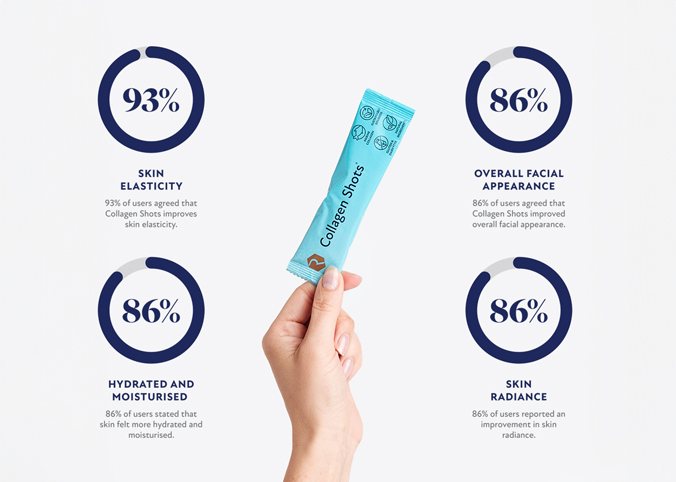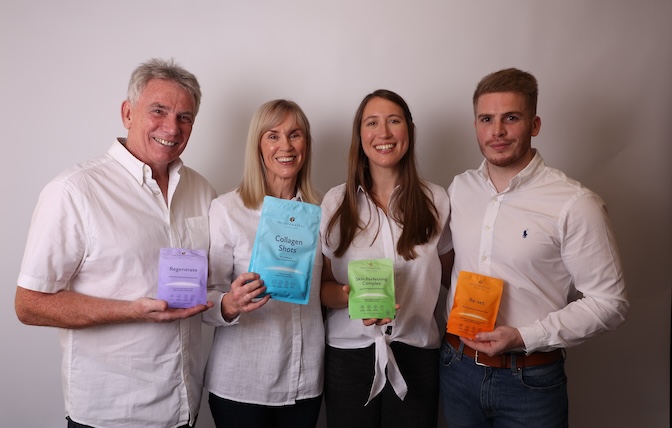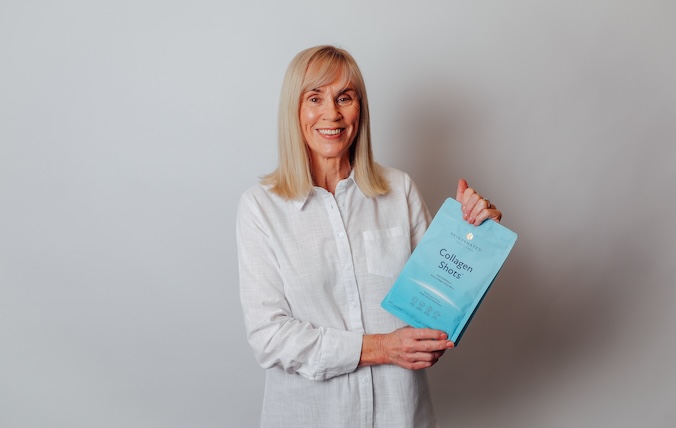Is there a cure for pigmentation?
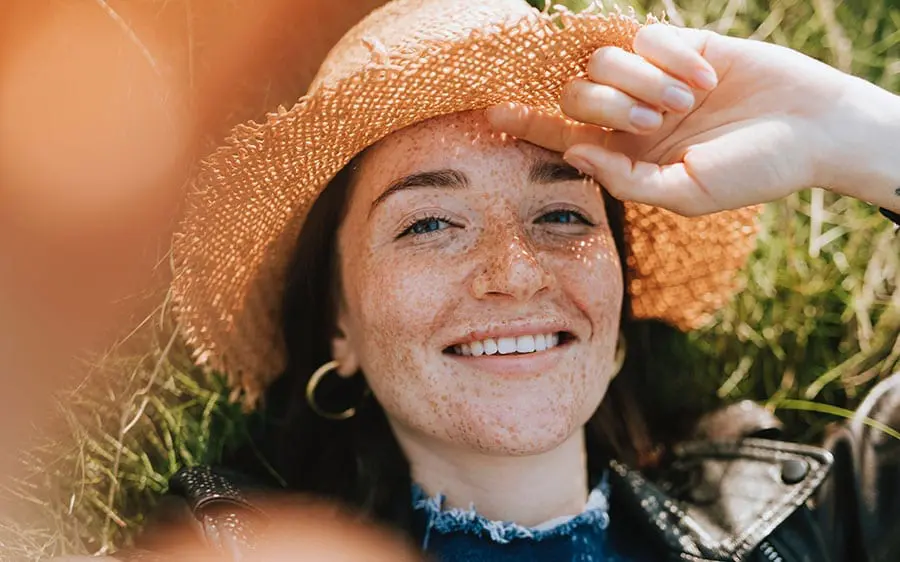
The low cost of holidays abroad has let too many of us spend too long in the sun and skin burn and pigmentation has become a general problem. Skin is the largest organ of the body. It is made up of two layers the upper epidermis and the lower dermis. The epidermis and the dermis are further divided into layers.
The lower most layer of the epidermis is known as the basal layer and it contains organelles called melanosomes. These melanosomes contain cells called melanocytes that produce a pigment called melanin. The colour of the skin depends mainly on this melanin and the amount of melanin present in the other layers of the epidermis. The thickness of the epidermis and the vascularity of the epidermis are other factors affecting the colour of the skin.
Skin pigmentation disorders occur because the body produces either too much or too little melanin, a pigment that creates hair, skin, and eye colour.
There are different types of pigmentation problems. We would recommend that you book an appointment with your doctor or dermatologist before embarking on any treatment for a pigmentation cure. Most skin pigmented lesions and moles are fine but it is important to get them checked by your doctor.
Skin pigmentation disorders
Albinism
Albinism is an inherited condition that causes a lack of pigment. The condition occurs when the body has too little melanin or pigment. People with albinism typically have light skin, white or pale yellow hair and light blue or grey eyes.
Vitiligo
A skin disorder that creates smooth, depigmented white spots on the skin, it can often be caused by excessive sun damage.
Melasma and Chloasma
Chloasma and melasma are stimulated by changes in hormones. A dark mask-like discoloration that covers the cheeks and bridge of the nose, its often symmetrical and due to the hormonal nature may be called ‘pregnancy mask’.
This kind of pigmentation intensifies with sun exposure.
Sun protection and peels are the best treatment for this condition.
Freckles
These are tiny brown spots on the face and are usually genetic in origin. It’s usual for any such pigmented spots to become darker with exposure to sunlight as further melanin is produced to protect the skin from UVA and UVB rays.
Sun protection and if removal is required, IPL/Laser treatment in winter months.
Solar Lentigines/Photomelanosis
Other wise known as age spots or liver spots, usually caused by damage from UVA and UVB light. They can be found on any part of the body that has been exposed to sunlight. Consult a doctor or dermatologist if you have any concerns. IPL and laser treatment are recommended for such pigmentation.
Post Inflammatory Hyper-pigmentation
Can be caused by acne scarring or wounds. Light treatment and peels can be beneficial.
Steps to take to prevent pigmentation and to reduce existing marks.
Use a good quality high factor sunscreen and avoid sun exposure.
Pigmentation-covering products
- Use a good primer, try Daniel Sandler’s Face Primer, it’s award winning and has an SPF of 20.
- Jane Iredale mineral make up.
- Bare minerals.
Pigmentation Skin Care
Product ranges specifically developed for pigmentation problems.
- Cosmedix
- Obagi
- Copper Peptides help to bring pigmentation to the surface, try NCN Copper Peptide.
- H3O Night Repair contains super algae, which is reputed to act have a natural sun protection factor.
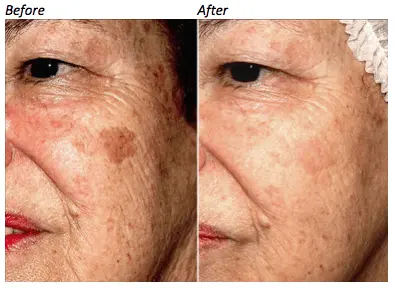
Treatment for Pigmentation
Peel – we will be covering the different types of peel in our next newsletter.
Light Treatments including:
- Intense Pulse Light – recommended Zeo Light
- Laser Treatment – recommended Harmony – The above photos are courtesy of Harmony laser systems.
With both laser and IPL, heat from the light targets darker pigments and shatters the melanocyte membrane to break up pigmentation. The body disperses the broken down cells, depending upon the treatment you can expect the area to be pink after and it may be slightly sore for a few days.
Typically 3 – 5 sessions will give a good result with it taking around 3 weeks to observe the best clearance for each treatment.
It is important that you have a consultation prior to treatment. This treatment is most suitable for pigmented marks and spots rather than large areas of pigmentation such as chloasma.
These before and after photos were carried out using the Harmony system which is offered by the Medispa S10.
- LED – recommended Omnilux a cold light that can slow down pigmentation production by up to 60%.
- Microdermabrasion recommended Diamond Touch. Microdermabrasion provides exfoliation of upper skin cells to reduce pigmentation.




